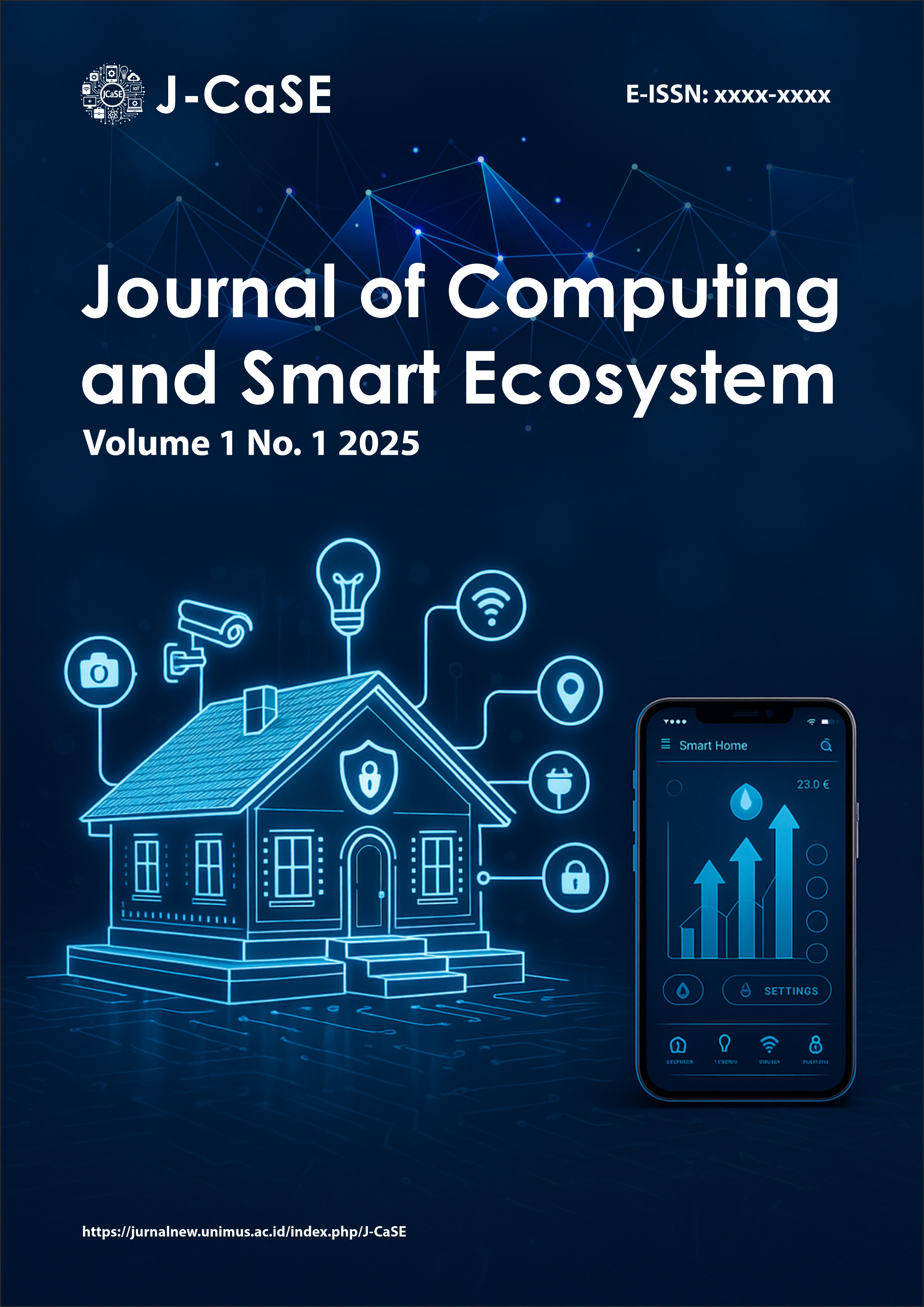Integrating Shortest Job First (SJF) Scheduling with Neural Networks for Enhanced Predictive Process Scheduling
Keywords:
Integrating Shortest Job First, Scheduling, Neural Network, PredictiveAbstract
Process scheduling is a critical component of operating systems, directly influencing CPU utilization and overall system efficiency. The Shortest Job First (SJF) algorithm is theoretically optimal in minimizing average waiting time but is limited by its dependence on accurate burst time estimation. This study proposes a hybrid scheduling approach that integrates neural networks (NN) with SJF to dynamically predict process execution times. The neural model was trained on process-level features, including CPU usage, memory usage, priority, and arrival time, and its predictions were embedded into the SJF mechanism. Simulation results demonstrate that the NN-enhanced SJF achieves notable reductions in average waiting time and turnaround time while improving CPU utilization compared to traditional SJF and Round Robin algorithms. These findings highlight the practical viability of lightweight predictive models for enhancing classical scheduling techniques and extend their applicability to dynamic and heterogeneous computing environments.
References
R. Patel et al., “Performance Analysis of ML-Based CPU Scheduling for Cloud Environments,” Software Impacts, vol. 17, p. 100454, 2023.
A. Patle et al., “Adaptive job scheduling using deep reinforcement learning for heterogeneous clusters,” Engineering Applications of Artificial Intelligence, vol. 121, p. 105730, 2023.
K. Prasad and A. Sharma, “An ML approach for prediction of burst time in CPU scheduling,” International Journal of Computer Applications, vol. 975, p. 8887, 2021.
Y. Zhou et al., “Intelligent process scheduling with hybrid neural network models,” Journal of Systems Architecture, vol. 108, p. 101765, 2020.
C. Li and Z. Liu, “Neural network-based execution time prediction for improved scheduling in dynamic environments,” Future Generation Computer Systems, vol. 117, pp. 254–266, 2021.
N. Ahmed et al., “Deep neural networks for job runtime prediction in batch systems,” Journal of Parallel and Distributed Computing, vol. 160, pp. 65–76, 2022.
Y. Wang and G. Wang, “Job scheduling using ML for high-performance computing workloads,” Cluster Computing, vol. 24, no. 2, pp. 789–801, 2021.
X. Huang et al., “Prediction-aware scheduling using lightweight neural networks in edge computing,” IEEE Internet of Things Journal, vol. 9, no. 3, pp. 1801–1812, 2022.
A. Tarek and M. Hussain, “Hybrid approach for process scheduling using SJF and deep learning,” Procedia Computer Science, vol. 219, pp. 734–740, 2023.
S. Singh and S. Bansal, “ML-enhanced burst time prediction for SJF scheduling,” Journal of Intelligent Systems, vol. 29, no. 1, pp. 133–145, 2020.
D. Ramesh et al., “CPU scheduling optimization using neural network-based regression models,” IEEE Access, vol. 12, pp. 54321–54330, 2024.
S. Khan et al., “A comparative analysis of neural architectures for job time estimation,” Information Sciences, vol. 578, pp. 87–102, 2021.
L. Zhang et al., “Dynamic job scheduling in real-time systems with NN support,” Real-Time Systems, vol. 58, pp. 487–505, 2022.
R. Yadav et al., “Execution time estimation using LSTM for real-time scheduling,” Journal of Computational Science, vol. 72, p. 102047, 2023.
T. Banerjee and A. Das, “Machine learning-driven job scheduling in IoT edge networks,” Sensors, vol. 20, no. 14, p. 3942, 2020.
Downloads
Published
How to Cite
Issue
Section
License
Copyright (c) 2025 Journal of Computing and Smart Ecosystems

This work is licensed under a Creative Commons Attribution-NonCommercial 4.0 International License.


